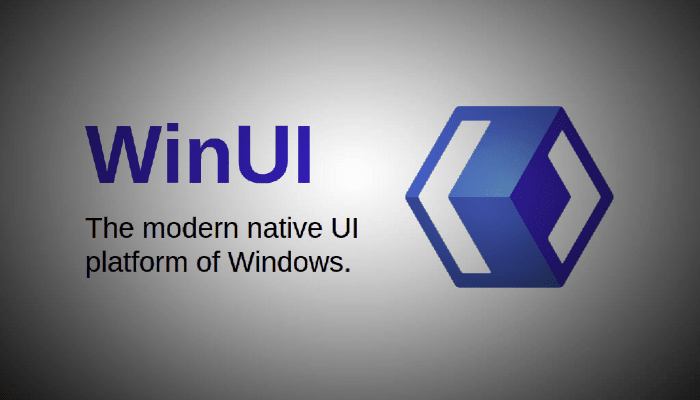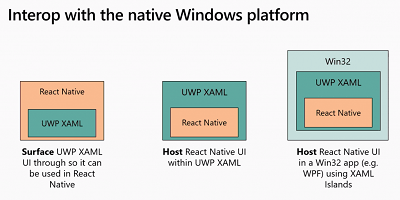
Microsoft Windows UI Goes Mainstream
WinUI is that the UI designed for UWP apps however currently it’s clear that it’s getting to be Microsoft’s most well-liked UI for everything, not just UWP apps – or is it? I’m convinced that we’ll look back on this era of Windows development as wherever it all went wrong.
WinUI is the name of the UI framework originally introduced to permit Windows to work advanced on Windows Phone. It absolutely was one in all the large upheavals in Windows eight and later the key to moving to UWP apps. If you consider it with discernment then it all appearance pretty much like continual makes an attempt to justify and create relevant the largely irrelevant. Windows Phone no more and UWP apps are not exactly a huge success.
Is there any need for WinUI any more?
Apparently there’s and therefore the latest move to form it seems like the future is a new website.
The site “sells” WinUI as being the most effective UI to place all of your eggs in. it is a “modern UI”, it uses “Fluent Design”, and other empty guarantees. Of course, it’s written in C++ and this confers on it the superpowers of performance and battery life. What? Battery life? For a phone this can be a problem, however, there’s no Windows Phone and that I doubt the difficulty of battery life on a portable or slate is much influenced by the language that its UI is written in.
We also are told it’s “Built for Windows ten and Windows 10X”. Well yes, but so are WinForms and WPF and there are “one billion devices running Windows 10”. How many are running Windows 10X? And therefore the claimed advantage that its open supply does not set it apart from WPF or WinForms.

The Future of Windows Development
WinUI offers a progressive UI framework for all Windows apps across each Win32 and UWP. It provides a path to gradually migrate existing apps written in acquainted technologies like Silverlight, WPF, Winforms, and MFC permitting you to move these applications forward at your own pace. It also supports acquainted languages spanning C#, C++, Visual Basic, and even JavaScript via React Native for Windows.
So this is often the way of the long run and once again we’ve to relinquish up tried and tested technologies and all our investments simply because 2 Microsoft units area unit going their own manner. It appears the C++ compiler guys are still making an attempt to replace the .NET Visual Studio guys. I am unable to recognize this needless to say, but based on past expertise it’s my best guess.
At the instant WinUI is underdeveloped. we’ve to wait for Version 3.0, which is simply accessible as an alpha, to be able to do any of the things that the website guarantees. presently WinUI 2 is unnatural to work with UWP apps.
Given that Microsoft is usually targeted on Azure, I am not at all sure that we can trust the info. It would be that WinUI is that the future, or it would be axed at any time – like WinRT JavaScript was, like Silverlight and like Windows Phone. Till this website appeared, I’d not have given WinUI a moment’s thought once coming up with a new project – currently, I even have to.
It would be sensible if Microsoft might rollback all the consequences of the Windows eight debacle. But I suppose that is too hard for a company as massive as Microsoft.
For more information please visit https://microsoft.github.io/microsoft-ui-xaml/.



